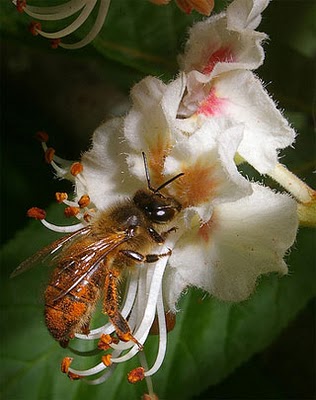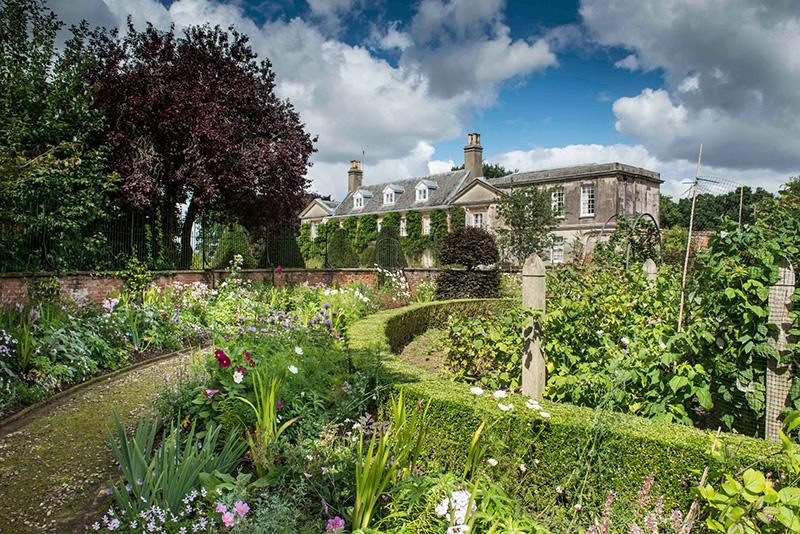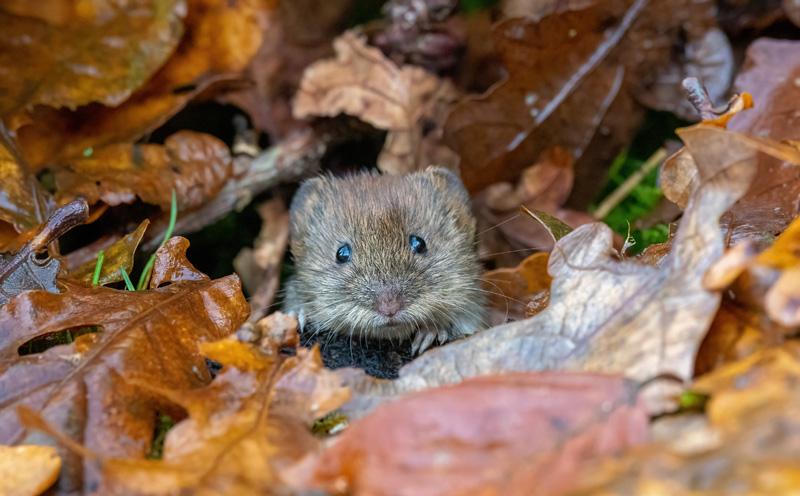Unlike the Oak (Quercus rober) and the Ash (Fraxinus excelsior) which this year the latter flowered much earlier than the former the “Conker” tree was flowering on time.
The tall flower spikes are very pretty and can be seen at distance along the roadside even in a moving car.
Look closely at the flowers and the observer will notice that there is a white or pink coloured spot near to the stigma and stamens on some flowers. The flowers are producing different colours for their own means and is very clever in the way it is made.
The flowers are pollinated by Bees and by taking nectar from various flowers they by default pollinate the other flowers. Now Bees cannot see white but can see pink, so the flowers change colour to get the most from the bees. As each insect visits the pink spotted flowers it pollinates and the flower once pollinated will change to a white colour which as the bees cannot see will not have to waste time in pollinating a pollinated flower. But the pink un pollinated flowers will be visited instead giving the tree giving almost 100 per cent of fruit for the autumn.
So what would happen if bees became extinct? The tree would not be able to produce fruit and we would suffer and so would school children, robbed of their “Conkers” game.
Colin Jacobs
[email protected]
becclesnaturalist.blogspot.com










